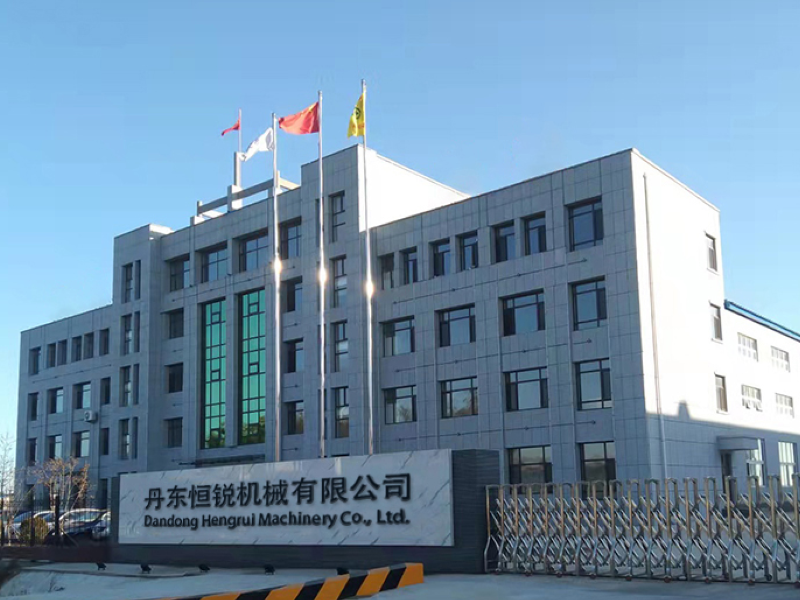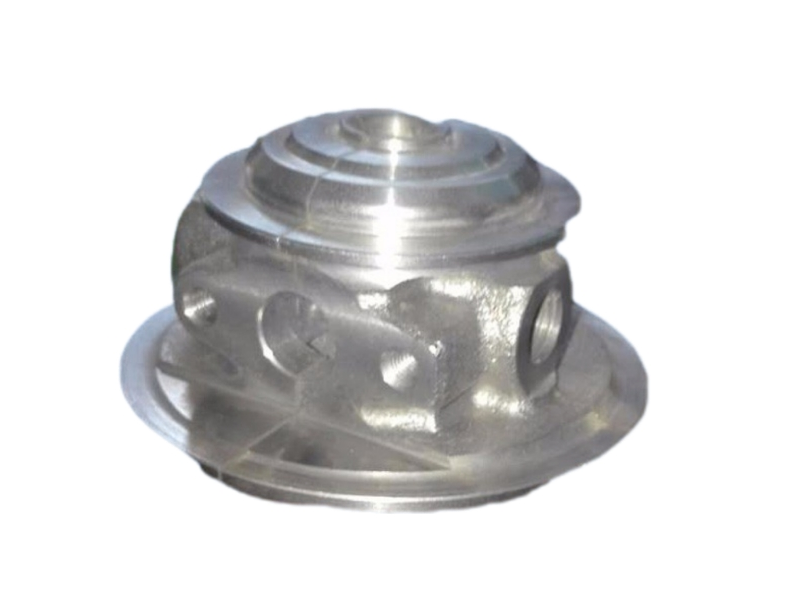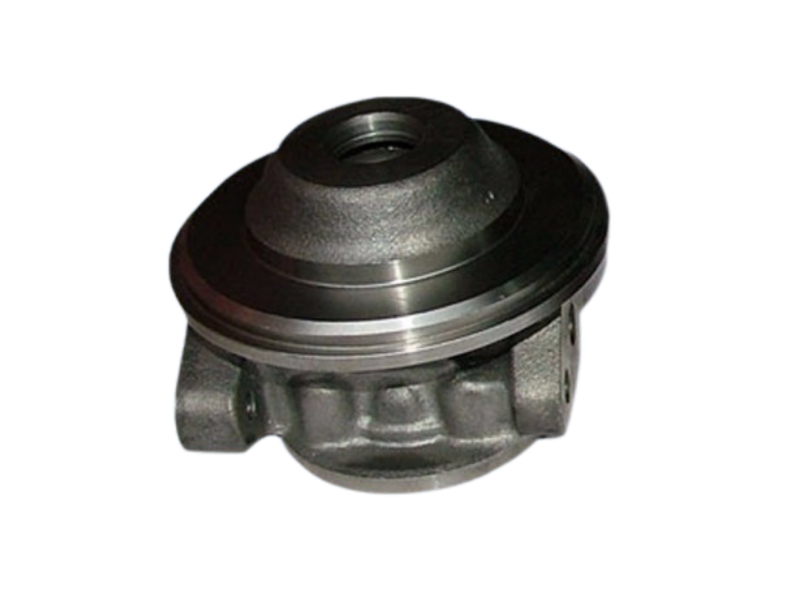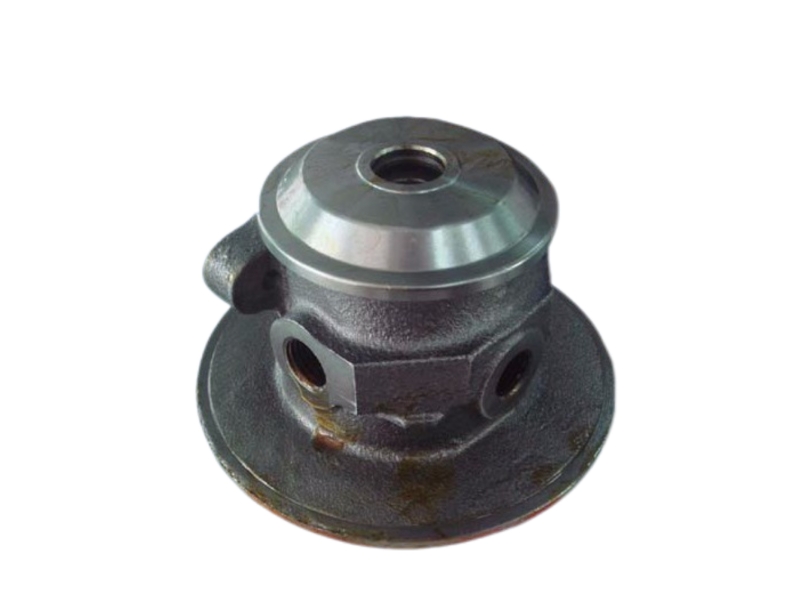Introduction of cast iron turbocharger bearing housing:
Cast iron turbocharger bearing housing uses the exhaust gas from the engine to rotate the turbine and presses additional compressed air into the engine through the compressor, thereby improving the engine's fuel efficiency and power output. The bearing housing connects the turbine and the compressor and can cool the heat transferred by the turbine. Our cast iron turbocharger bearing housing is usually made of cast iron material, which has the characteristics of low cost and high hardness. But if you have other requirements for the material, we can also customize the production of cast iron turbocharger bearing housing for you.
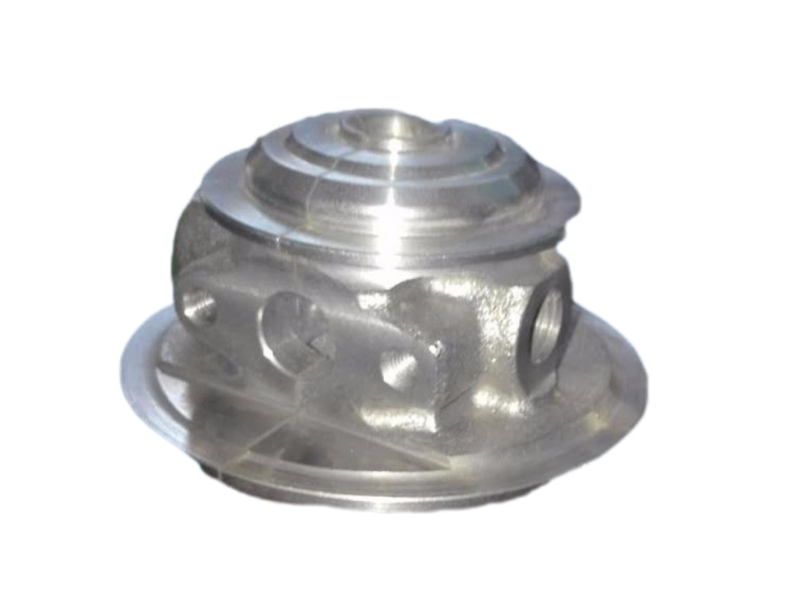
Advantages of Iron casting turbocharger bearing housing:
1. Turbo charger bearing housing is made of high-quality cast iron, aluminum alloy or stainless steel, which is resistant to high temperature and corrosion, and has a long service life.
2. Turbo charger bearing housing is available in a variety of specifications, suitable for various types of turbochargers, and can be accurately matched with various engines.
3. We consider the heat dissipation problem in the design, so we will add cooling channels or heat sinks to the turbo charger bearing housing to effectively reduce the operating temperature of the bearing and extend the life of the turbocharger.
FAQ:
1. How to determine whether the turbo charger bearing housing needs to be replaced?
If the turbocharger makes abnormal noise, leaks oil or the bearing is loose, check whether the bearing housing is damaged and replace it in time.
2. How to ensure product quality?
We use high-precision CNC processing technology and conduct strict quality inspections on each turbo charger bearing housing, including material analysis, size inspection, sealing test and durability test.
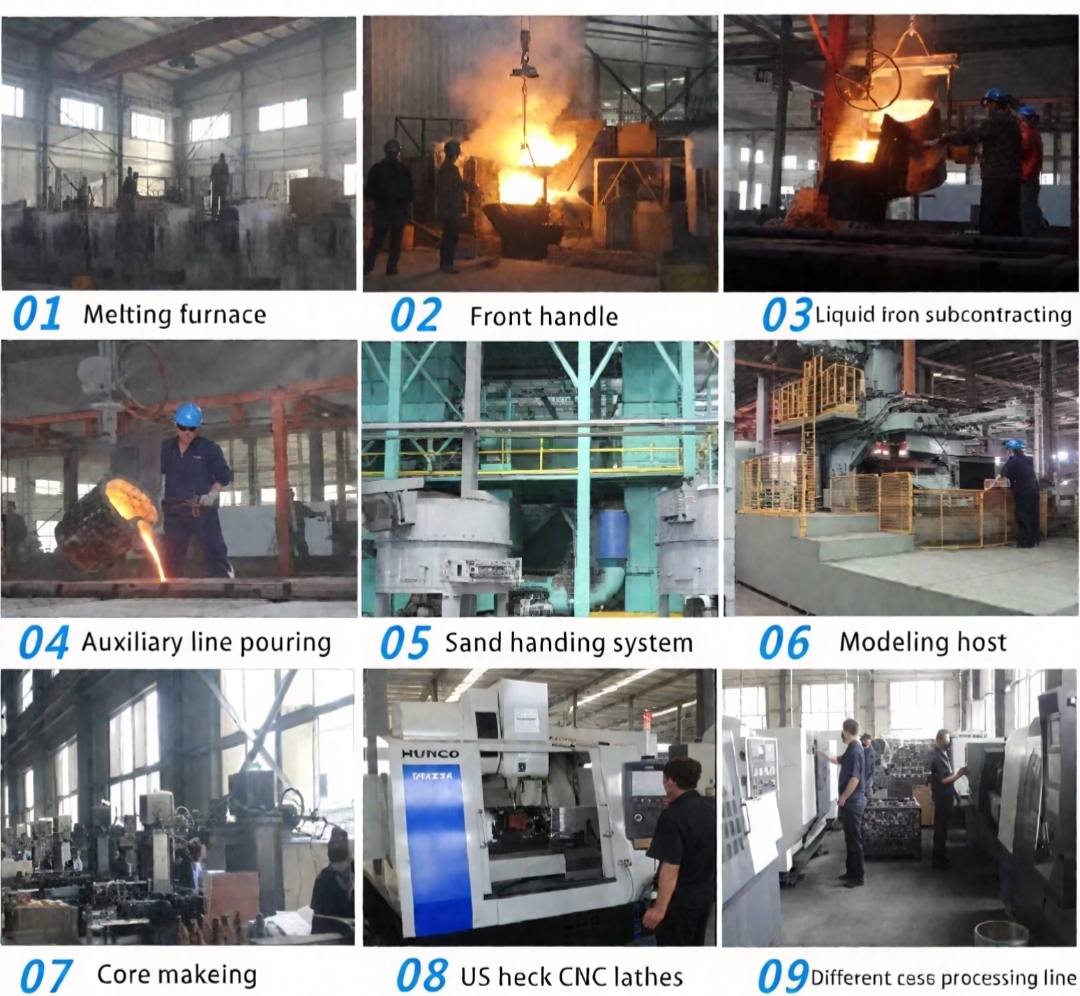
About us:
Dandong Hengrui Machinery Co., Ltd. insists on technological progress and strives to build the company into a modern foundry enterprise with low energy consumption, low emissions, high efficiency and environmental protection. In terms of technology, we have introduced and adopted advanced casting technologies such as high-pressure injection molding, shell core core making, and three-dimensional process design. In terms of casting equipment, we first introduced two FBOⅢ injection molding automatic production lines with detachable boxes from Japan (box size: 605×505×200㎜), which can produce 120 sand molds per hour and 7,000 tons of castings per year. Later, we introduced a static pressure automatic production line with world-leading level (box size: 1000×800×350/300㎜), which can produce 90 sand molds per hour and 30,000 tons of castings per year, and the production scope has been broadened. In order to produce high-quality molten iron, we purchased 12-pulse electronic furnaces in series and parallel (6 3-ton and 6 1.5-ton), which effectively improved the smelting level and can produce high-grade cast iron or materials with special needs. In the aspect of casting control, automatic feeding equipment is adopted, and the casting control software can automatically record the data of the whole casting process, from melting ingredients to smelting, spectrum analysis, temperature measurement, molten iron weight, etc. All the data are displayed on the screen in front of the furnace, so that the operator can see it at a glance. At the same time, these data also provide a reliable basis for analyzing production status, tracking and improving product quality.
